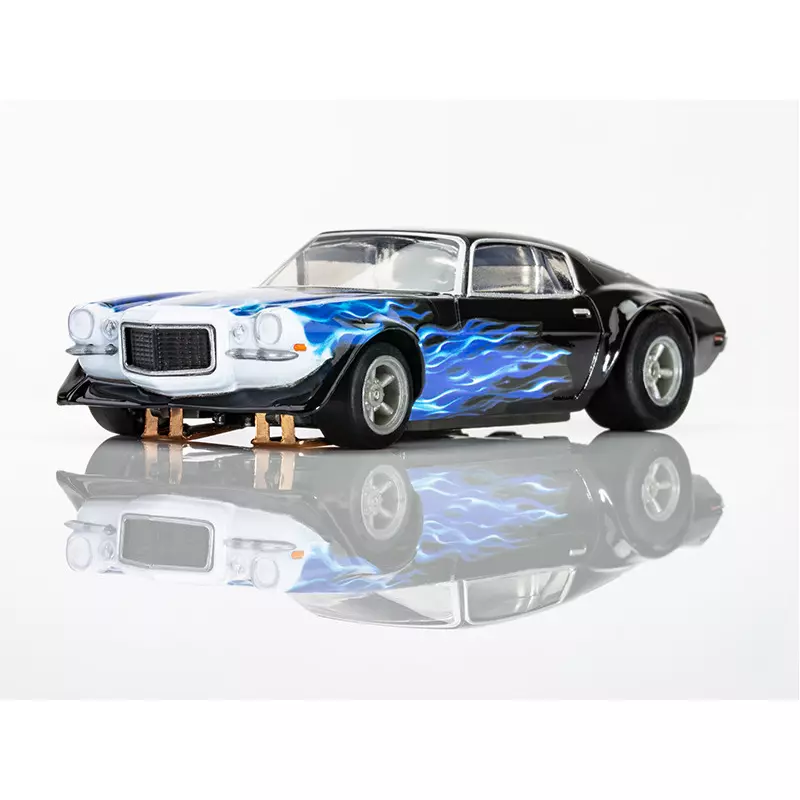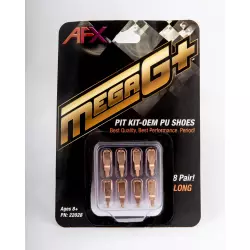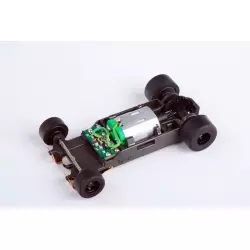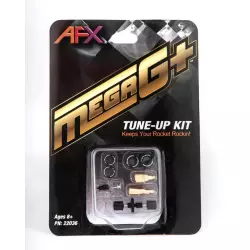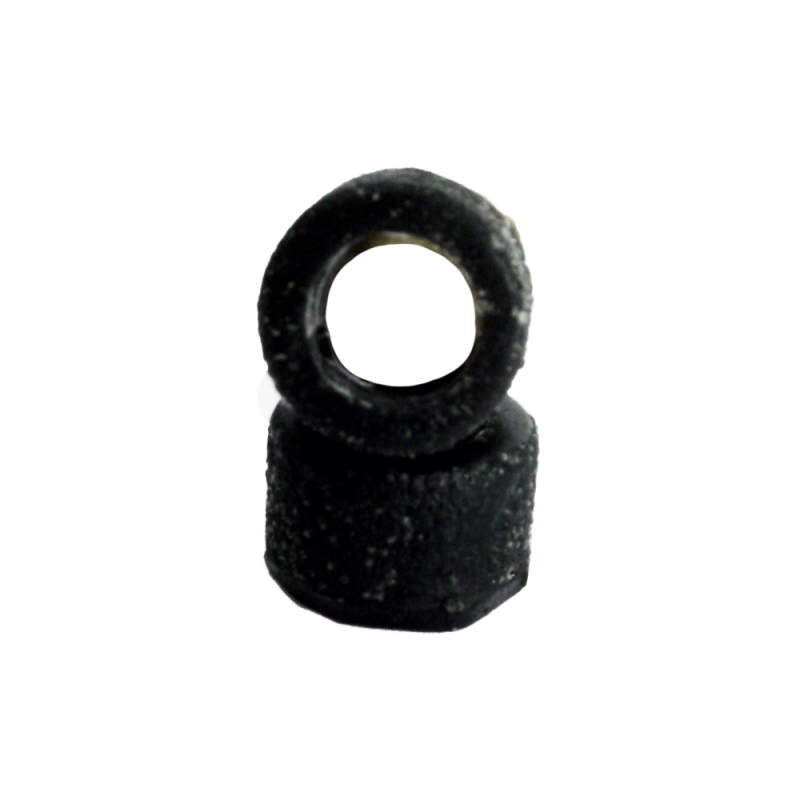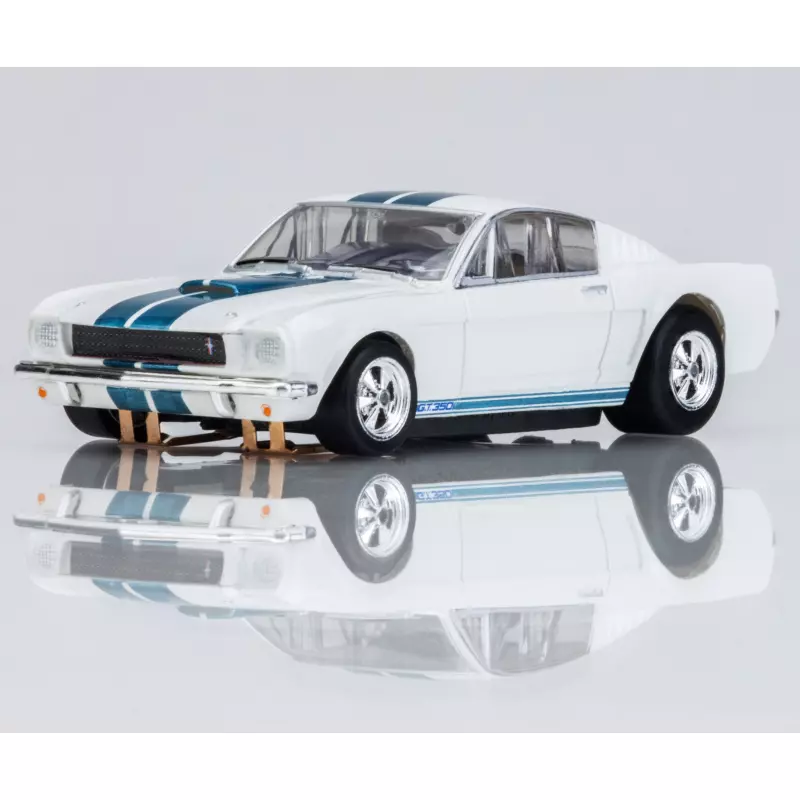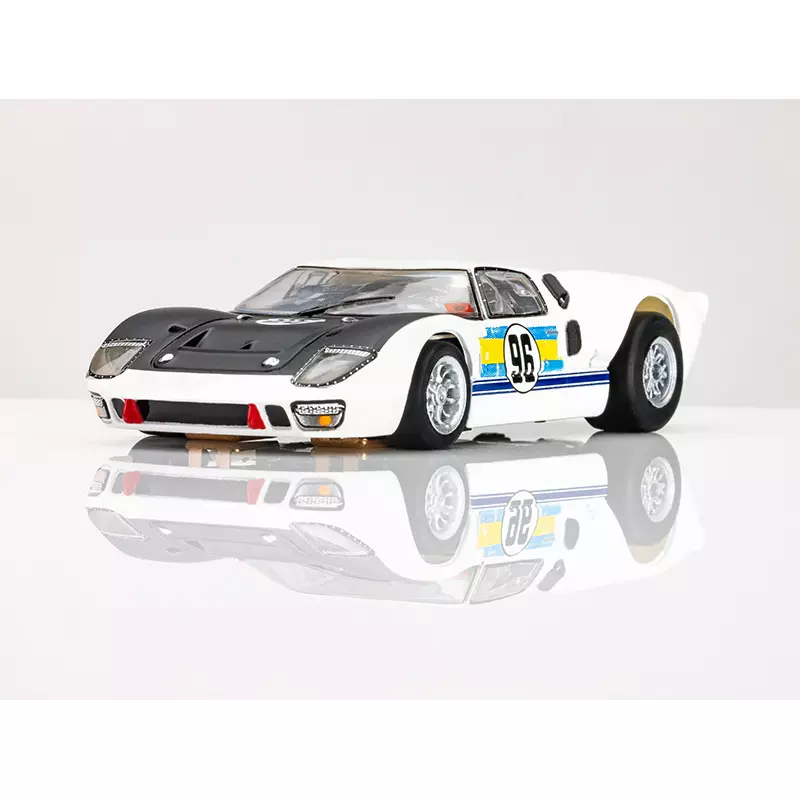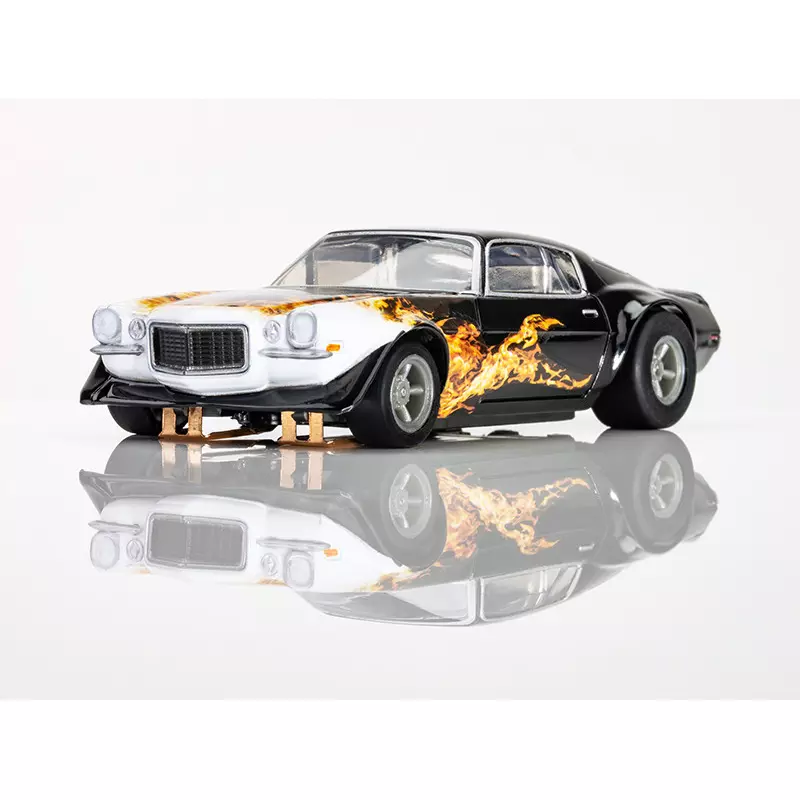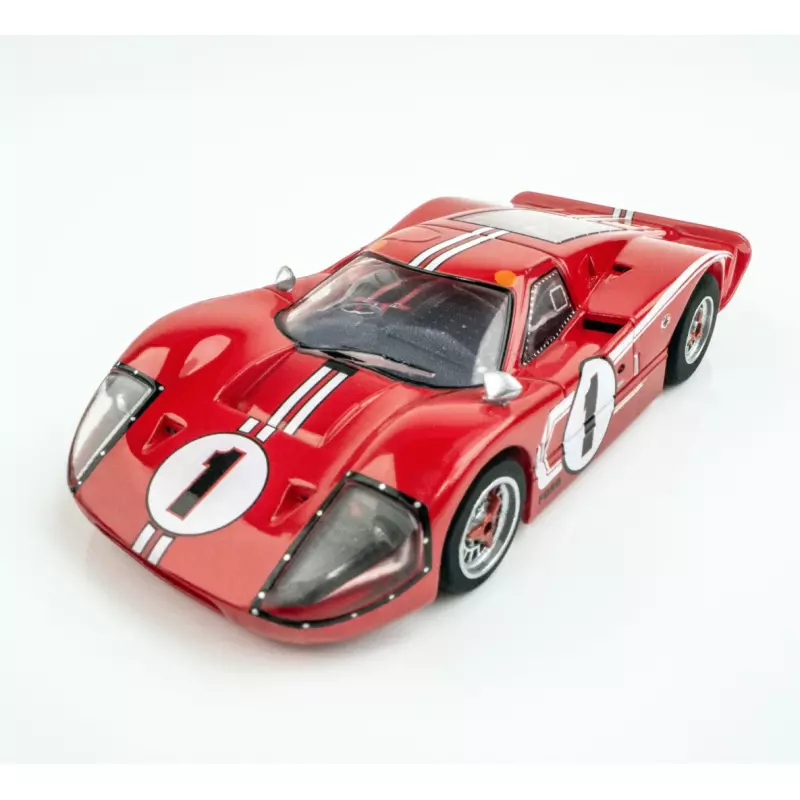Expertise and quality of model making at the service of a passion
Description
This hot rod is not only wicked fast, it is on fire!
After the success of the ’69 Camaro, Chevrolet effectively created an all-new car in the 1970s. One that was more drivable and had a much better engine: the LT1 350 cubic inch compared to the previous year’s 302. In fact, the LT1 in the Z28 came from the Corvette and was a stout performer.
The re-designed front-end and fastback shape was the source of a lot of controversy. But the SS350 is still generally regarded as one of the most beautiful designs to come out of GM.
AFX Wild Fire Flames are proprietary custom designs. But we certainly weren’t the first folks to paint flames on the side of a hot rod.
The first flames to appear on a hot rod were literal flames. Captured in a perfectly timed photograph on October 20th, 1938 by the Carroll Photo Company. Driver Fred Friday zipped his car through Gilmore Stadium when his car alighted in flames from a fuel leak. The idea that a car had been driven so furiously as to emit flames inspired hot rod and muscle car fans across the country. Friday survived the race, happily, and totally unaware of what his unique race performance had ignited.
World War II followed swiftly after bringing with it the trend of “nose art” – the decorative painting of an aircraft’s front fuselage. Though originally intended to identify friendly planes, the practice quickly evolved into an expression of individuality. The aircraft “nose art” was showcased to the general public and the idea spread like, well, wildfire.
By the 1950s the custom hot rod craze peaked. Returning veterans were drawn to both the thrill of racing and the new outlet for self-expression. With the booming economy of post-war America, hot rodders and muscle car lovers brought their designs to life with access to custom parts and professional designers.
CHÂSSIS : Mega G+ LONG Wheelbase Chassis (1.7″)
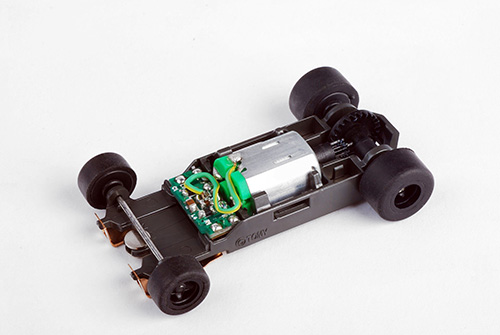
Mega G+ Chassis
Smoother, more consistent, and more intuitive than any car we’ve ever built, the Mega G+ chassis is the ultimate driving machine. It runs faster and handles better than the competition and continues AFX’s reign of the most realistic HO cars on earth.
Not only is it up to 35% lighter than any other HO chassis. Having the lowest center of gravity of all competitors means it corners like a dream. But the cherry on top is the ability to create super realistic car bodies thanks to the Mega G+ being the narrowest, lowest chassis ever made.
Still don’t believe us? Here’s the facts...
- Stronger Pick Up Shoes have stronger contact for more consistent power
- The AFX Exclusive Extra-Long Tapered Guide Pin keeps the car on track longer
- Level 30 Neodymium Ground Effects Magnets keep the car glued to the track
- An FN20 Advanced Power Unit is energy efficient, smooth, quiet, and consistent
- The Nylatron Chassis Material has just enough flex for super durability
- High Carbon Power Unit Brushes last longer than composite brushes
- The New Redundant Power Transfer System improved durability and drivability
Description of spare parts
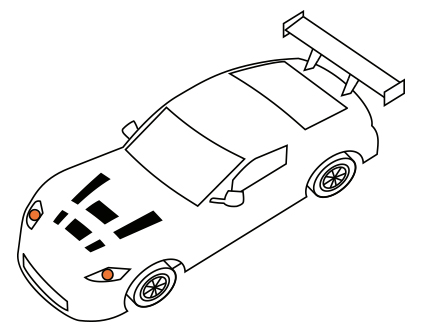

Technical sheet
Brand
Chevrolet
Race Year
1970
Color
Blue
System
Analog
Compatible Digital
No
Motor mount
Inline
Transmission
Rear-wheel-drive (rear 2 wheels)
Lighting
No
Magnet
Yes
Scale
1:64
Year of Production
2023
Questions
If you have any questions regarding the product, feel free to post below. Other consumers may also provide you with additional information. Log in to your member area in order to post or answer a question.
Aucune question n'a encore été posée sur ce produit. Be the first to ask a question about this product!
